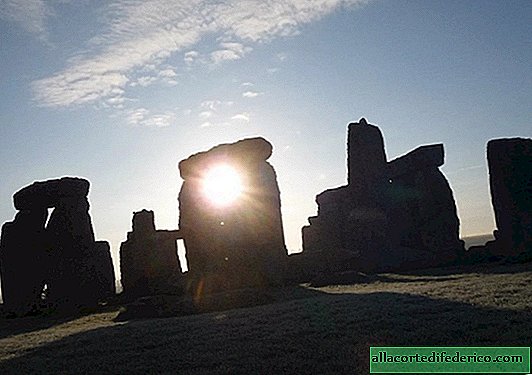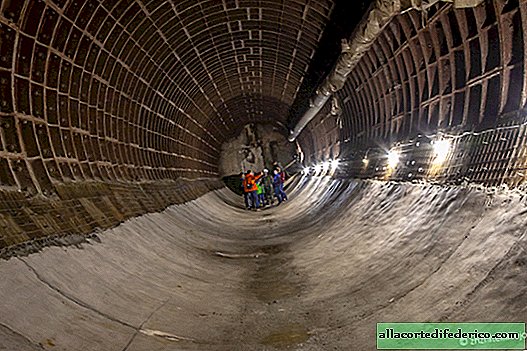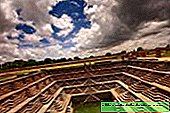How and why they built Stonehenge
Stonehenge is one of the most mysterious monuments of ancient history. Built about 5,000 years ago on a sacred site that has developed and changed over 10,000 years, it still attracts tourists and scholars from around the world. How and why was it built? What is this structure part of? Let's try to answer this question.
Ice or water
Stonehenge is a massive stone monument located on a shallow plain north of the modern city of Salisbury in England. Studies show that the structure was built approximately 5,000 to 4,000 years ago as part of a large, sacred landscape that included a massive stone monument 15 times the size of Stonehenge.

The monument consists of two types of stones. The largest, known as the "Sarsens," reach a height of 9 meters and weigh about 25 tons. Historians believe that they were brought from the quarries of Marlborough Downs, which are 32 km north. Smaller stones are called "blue stones" because of the bluish tint in the rain. They weigh "only" up to 4 tons. They were most likely imported from several different places in West Wales at a distance of 225 km from the construction site.
It is still unknown how the ancient people managed to move them so far. Recent experiments show that a stone weighing one ton can be dragged by a dozen people using wooden flooring, but it is unclear whether the ancient builders used this method. Another version is water rafting. Finally, there is speculation that during the last ice age, glaciers moved these blue stones closer to the site of Stonehenge, so they simply did not need to be transported over such a long distance.
Observatory, cemetery or altar
No one knows for sure why people built Stonehenge. However, the design clearly took into account the location relative to the sunset and sunrise on the summer solstice and was only part of a huge structure that included stone and wooden buildings, as well as burials.

In addition, the Salisbury Plain itself was considered sacred by the ancient inhabitants long before the construction of Stonehenge. More than 10,000 years ago, three large wooden poles, which were totem poles, were installed on this site.
For the locals of that period, hunting played a crucial role. Researchers discovered approximately 350 animal bones and 12,500 flint tools or fragments of them just a mile from Stonehenge. All finds are dated from the period from 7500 to 4700 BC. Apparently, these places were rich hunting grounds, which could also affect the fact that the plain was considered sacred.
Also around Stonehenge, dozens of burial mounds were discovered, indicating that in ancient times hundreds, if not thousands of people, at least 17 shrine were buried there, and recently - the whole "House of the Dead", which dates back to 3700-3500 BC.
Labor unites

One theory about Stonehenge suggests that this construction became a symbol of the "unification of Britain" when people all over the island worked together. This may explain how they managed to move the blue stones to western Wales and how the workers and resources for construction were mobilized: such work would bring together different tribes, giving them a sense of community and involvement in a great cause.

















